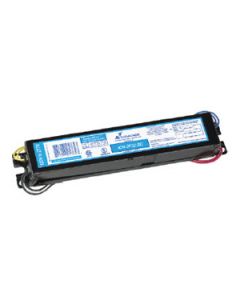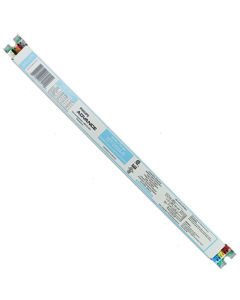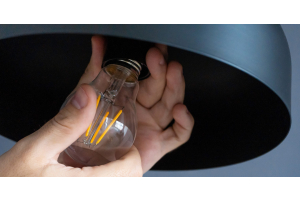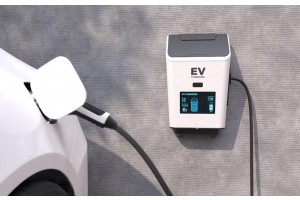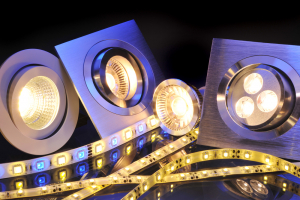Electronic Ballast Starting Methods
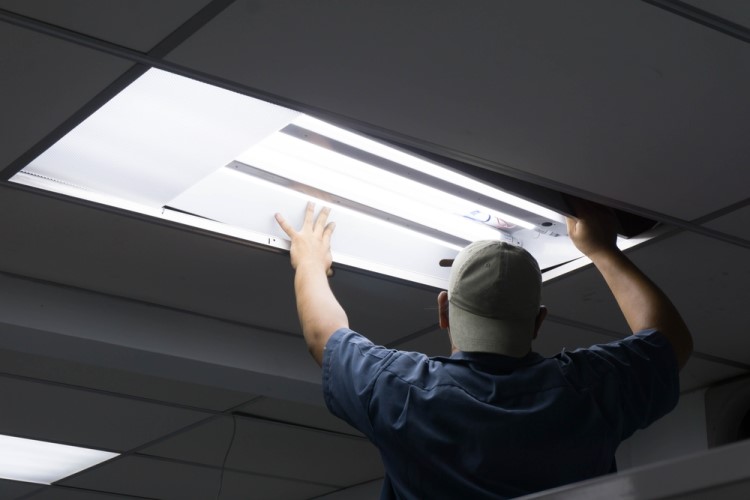
Electronic Ballast Starting Methods
A fluorescent light ballast converts the input voltage, typically 120 VAC to 480 VAC in North America, to the proper voltage needed to establish an arc between the two electrodes. A ballast can use various starting methods depending on the type of lamp and its application.
Preheat start is a magnetic ballast technology that is used exclusively with preheat start lamps. Preheat start ballasts require a separate starter which is sometimes integrated into the ballast. For 2 pin CFL lamps, the starter is built into the base of the lamp.
Trigger start is another magnetic ballast technology that is also used with preheat lamps. Trigger start ballast additionally provide a low voltage filament heat to improve lamp life. Trigger start lamps are available for 1 or 2 lamp applications.
Instant start electronic ballasts start lamps instantaneously (<0.1 seconds). Starting voltage for the lamp is about 600V for a 4 ft T8 lamp. This method maximizes energy savings but decreases lamp life due to the reduction in the life of the electrodes (10,000 to 15,000 on/off switching cycles). Instant start ballast are best used where there is limited on/off switching cycles during a day.
Manufacturers developed rapid start electronic ballasts to start lamps quickly (0.5 -1.0 seconds) and extend the lamp life, typically 15,000 to 20,000 cycles. Rapid start ballasts apply an additional low voltage (approx 3.5V) to the electrodes which effectively preheats the electrode before the starting voltage is applied. Because the electrode is preheated, the lamp can be started with a smaller starting voltage (500V for a 4 ft T8 lamp). Electrode heating continues even after the lamp has started and consumes an additional 2 watts of power for each lamp.
Programmed start ballasts are designed to maximize lamp life and are used in applications where there is frequent on/off switching cycles such as occupancy sensor integration. Programmed start ballasts also start the lamps quickly (1.0-1.5 seconds). Programmed start ballast precisely apply a voltage to the filament for approximately 800 ms to assure the filament is at optimal temperature before applying the starting voltage. Lamp life typically operate up to 100,000 on/off cycles when using programmed start ballasts. Once started, filament voltage is reduced to increase operating efficiency.
The electronic ballasts offer significant benefits in lamp life and operating efficiency compared to its predecessor, the magnetic ballast. When replacing a magnetic ballast, you need to evaluate the additional installation costs with the overall life cycle costs of an electronic ballast. Typically replacing the magnetic ballast with an electronic ballast is the best long term decision.

-
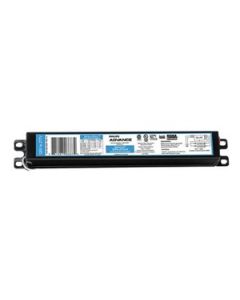 Advance Optanium IOPA-2P32-LW-N T8 Electronic Fluorescent BallastSpecial Price $21.66 Regular Price $28.16
Advance Optanium IOPA-2P32-LW-N T8 Electronic Fluorescent BallastSpecial Price $21.66 Regular Price $28.16 -
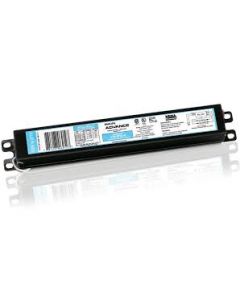 Advance Centium ICN-2P32-N T8 Electronic Fluorescent BallastSpecial Price $13.42 Regular Price $17.44
Advance Centium ICN-2P32-N T8 Electronic Fluorescent BallastSpecial Price $13.42 Regular Price $17.44 -
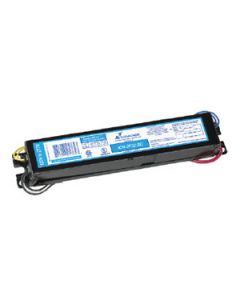 Advance Centium ICN-4P32-N T8 Electronic Fluorescent BallastSpecial Price $16.44 Regular Price $22.50
Advance Centium ICN-4P32-N T8 Electronic Fluorescent BallastSpecial Price $16.44 Regular Price $22.50 -
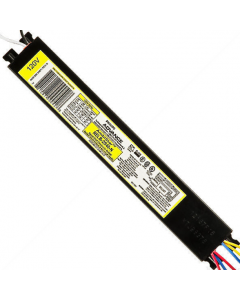 Advance AmbiStar RELB-2S40-N T12 Electronic Fluorescent BallastSpecial Price $30.65 Regular Price $39.84
Advance AmbiStar RELB-2S40-N T12 Electronic Fluorescent BallastSpecial Price $30.65 Regular Price $39.84 -
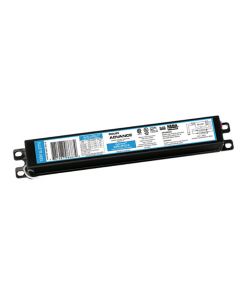 Advance Optanium IOPA-4P32-LW-N T8 Fluorescent Electronic BallastSpecial Price $27.08 Regular Price $35.20
Advance Optanium IOPA-4P32-LW-N T8 Fluorescent Electronic BallastSpecial Price $27.08 Regular Price $35.20 -
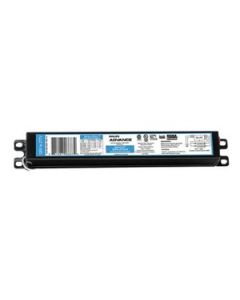 Advance Optanium IOPA-2P32-N T8 Electronic Fluorescent BallastSpecial Price $19.25 Regular Price $27.20
Advance Optanium IOPA-2P32-N T8 Electronic Fluorescent BallastSpecial Price $19.25 Regular Price $27.20 -
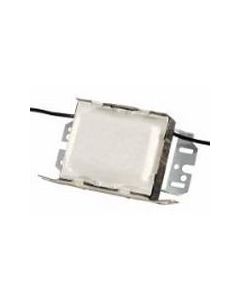 Advance LC-14-20-C T12 Magnetic Fluorescent BallastSpecial Price $33.75 Regular Price $42.96
Advance LC-14-20-C T12 Magnetic Fluorescent BallastSpecial Price $33.75 Regular Price $42.96 -
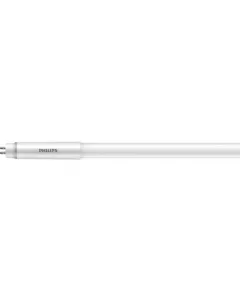 Philips 576223 14T5HE/COR/46-850/MF21/G 25/1 T5 Type-BSpecial Price $13.70 Regular Price $17.67
Philips 576223 14T5HE/COR/46-850/MF21/G 25/1 T5 Type-BSpecial Price $13.70 Regular Price $17.67 -
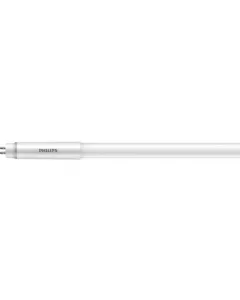 Philips 576207 14T5HE/COR/46-835/MF20/G 25/1 T5 Type-BSpecial Price $13.70 Regular Price $17.67
Philips 576207 14T5HE/COR/46-835/MF20/G 25/1 T5 Type-BSpecial Price $13.70 Regular Price $17.67 -
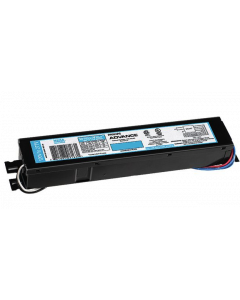 Advance RS2S200TPI - 120V Fluorescent Ballast (Limited Quantity Available)Special Price $354.86 Regular Price $432.96
Advance RS2S200TPI - 120V Fluorescent Ballast (Limited Quantity Available)Special Price $354.86 Regular Price $432.96 -
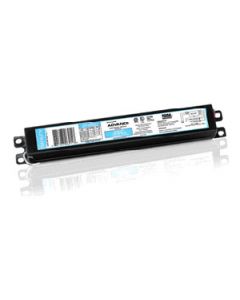 Advance Centium ICN-2S40-N T12 Electronic Fluorescent BallastSpecial Price $27.80 Regular Price $36.14
Advance Centium ICN-2S40-N T12 Electronic Fluorescent BallastSpecial Price $27.80 Regular Price $36.14 -
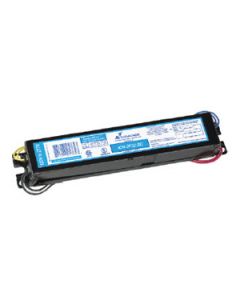 Advance Centium ICN-3P32-N T8 Electronic Fluorescent BallastSpecial Price $15.65 Regular Price $20.22
Advance Centium ICN-3P32-N T8 Electronic Fluorescent BallastSpecial Price $15.65 Regular Price $20.22 -
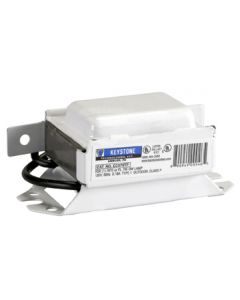 Keystone CC579TP Magnetic Compact Fluorescent BallastSpecial Price $11.15 Regular Price $14.50
Keystone CC579TP Magnetic Compact Fluorescent BallastSpecial Price $11.15 Regular Price $14.50 -
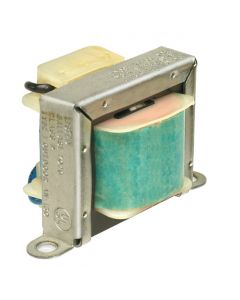 Advance LO-13-22 Magnetic Compact Fluorescent Ballast (Limited Quantity Available)Special Price $18.55 Regular Price $27.82
Advance LO-13-22 Magnetic Compact Fluorescent Ballast (Limited Quantity Available)Special Price $18.55 Regular Price $27.82 -
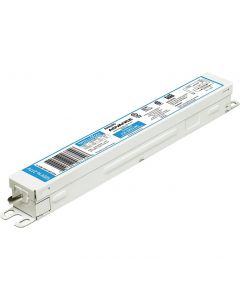 Advance Centium ICN-132-MC T8 Fluorescent Electronic BallastSpecial Price $44.95 Regular Price $58.44
Advance Centium ICN-132-MC T8 Fluorescent Electronic BallastSpecial Price $44.95 Regular Price $58.44 -
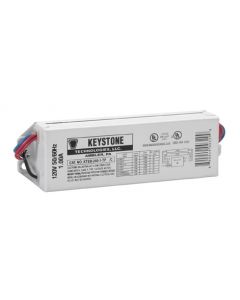 Keystone KTEB-240-1-TP 120V T8/T12 Electronic Fluorescent BallastSpecial Price $21.55 Regular Price $28.30
Keystone KTEB-240-1-TP 120V T8/T12 Electronic Fluorescent BallastSpecial Price $21.55 Regular Price $28.30 -
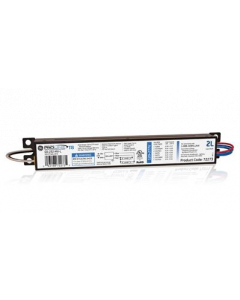 GE232MAX-G-N - 72275 - GE ProLine T8 Electronic Fluorescent BallastSpecial Price $28.70 Regular Price $36.80
GE232MAX-G-N - 72275 - GE ProLine T8 Electronic Fluorescent BallastSpecial Price $28.70 Regular Price $36.80 -
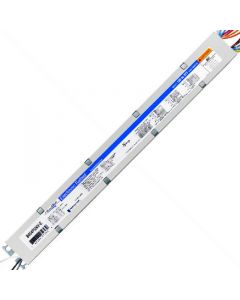 Universal Triad B454PUNV-E Electronic Fluorescent Ballast - *DISCONTINUED*Special Price $77.65 Regular Price $94.25Out of stock
Universal Triad B454PUNV-E Electronic Fluorescent Ballast - *DISCONTINUED*Special Price $77.65 Regular Price $94.25Out of stock -
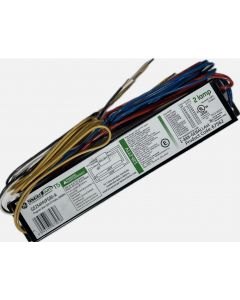 GE UltraStart GE254MVPS90-A (replaced GE254MVPS-A) - 67562 - T5HO Programmed Start BallastSpecial Price $38.95 Regular Price $46.62
GE UltraStart GE254MVPS90-A (replaced GE254MVPS-A) - 67562 - T5HO Programmed Start BallastSpecial Price $38.95 Regular Price $46.62 -
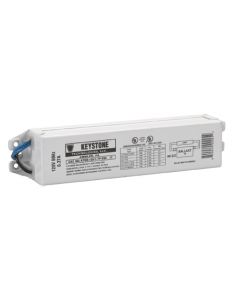
-
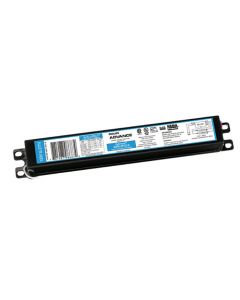 Advance Optanium IOP-4P32-N T8 Fluorescent Electronic BallastSpecial Price $32.69 Regular Price $42.50
Advance Optanium IOP-4P32-N T8 Fluorescent Electronic BallastSpecial Price $32.69 Regular Price $42.50 -
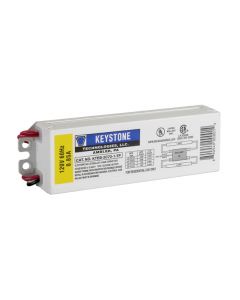 Keystone KTEB-2C72-1-TP 120V T8 Electronic Fluorescent BallastSpecial Price $18.55 Regular Price $24.90
Keystone KTEB-2C72-1-TP 120V T8 Electronic Fluorescent BallastSpecial Price $18.55 Regular Price $24.90 -
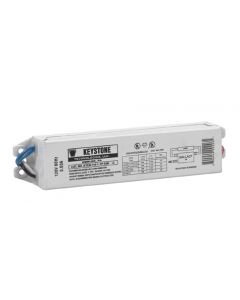 Keystone KTEB-140-1-TP-EMI T12 Electronic BallastSpecial Price $21.85 Regular Price $28.40
Keystone KTEB-140-1-TP-EMI T12 Electronic BallastSpecial Price $21.85 Regular Price $28.40 -
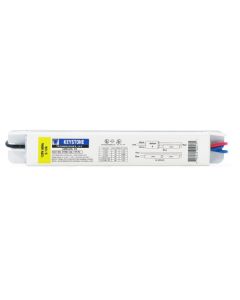 Keystone KTEB-108-1-TP-FC T5 Undercabinet Electronic BallastSpecial Price $17.73 Regular Price $26.60
Keystone KTEB-108-1-TP-FC T5 Undercabinet Electronic BallastSpecial Price $17.73 Regular Price $26.60 -
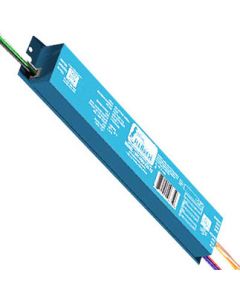 IceHorse IH3-UNV-272-T12HO T12HO Refrigeration BallastSpecial Price $84.95 Regular Price $102.90
IceHorse IH3-UNV-272-T12HO T12HO Refrigeration BallastSpecial Price $84.95 Regular Price $102.90 -
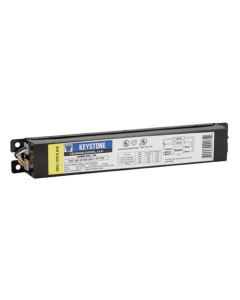 Keystone KTEB-240-1-TP-PIC T12 Electronic BallastSpecial Price $17.27 Regular Price $25.90
Keystone KTEB-240-1-TP-PIC T12 Electronic BallastSpecial Price $17.27 Regular Price $25.90 -
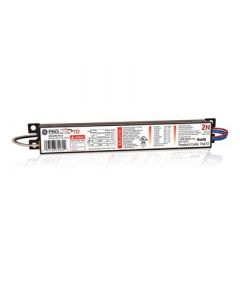 GE ProLine GE240PS-MV-N - 74472 T12 Programmed Start BallastSpecial Price $27.59 Regular Price $33.38
GE ProLine GE240PS-MV-N - 74472 T12 Programmed Start BallastSpecial Price $27.59 Regular Price $33.38 -
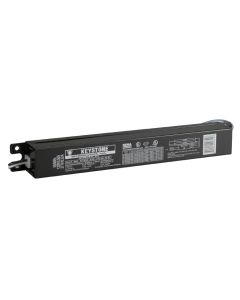 Keystone KTEB-232-UV-IS-N-P T8 Instant Start Electronic BallastSpecial Price $19.54 Regular Price $25.40
Keystone KTEB-232-UV-IS-N-P T8 Instant Start Electronic BallastSpecial Price $19.54 Regular Price $25.40 -
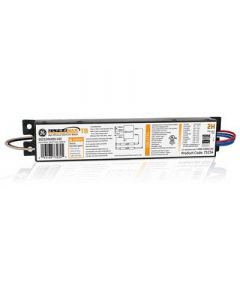 GE UltraMax GE232MAX90-V60 - 73234 T8 Dimming Ballast - Limited SupplySpecial Price $30.65 Regular Price $45.98
GE UltraMax GE232MAX90-V60 - 73234 T8 Dimming Ballast - Limited SupplySpecial Price $30.65 Regular Price $45.98 -
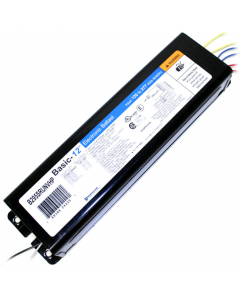 Universal Basic-12 B295PUNVHE-S T12HO Electronic Fluorescent Ballast - *DISCONTINUED*Special Price $65.65 Regular Price $82.05Out of stock
Universal Basic-12 B295PUNVHE-S T12HO Electronic Fluorescent Ballast - *DISCONTINUED*Special Price $65.65 Regular Price $82.05Out of stock -
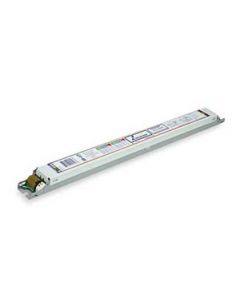 Advance Centium ICN-2S28-T Electronic Fluorescent BallastSpecial Price $29.63 Regular Price $38.52
Advance Centium ICN-2S28-T Electronic Fluorescent BallastSpecial Price $29.63 Regular Price $38.52 -
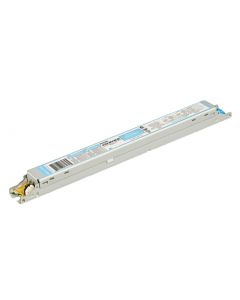 Advance Centium ICN-3S14-T T5 Fluorescent Electronic Ballast **DISCONTINUED** Limited Qty AvailableSpecial Price $46.20 Regular Price $61.60
Advance Centium ICN-3S14-T T5 Fluorescent Electronic Ballast **DISCONTINUED** Limited Qty AvailableSpecial Price $46.20 Regular Price $61.60 -
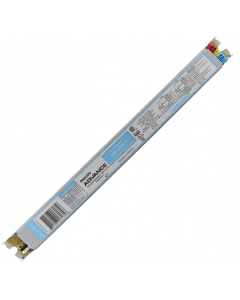 Advance Centium ICN-2S39-T T5 HO Electronic Fluorescent BallastSpecial Price $32.18 Regular Price $41.84
Advance Centium ICN-2S39-T T5 HO Electronic Fluorescent BallastSpecial Price $32.18 Regular Price $41.84 -
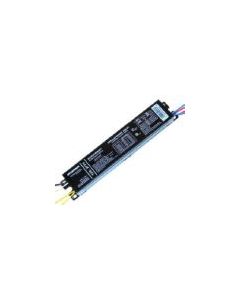 Sylvania QTP3X32T8/UNV DIM-TCL (50714) T8 Dimming Ballast - *DISCONTINUED* LIMITED Qty Avail.Special Price $57.55 Regular Price $70.00
Sylvania QTP3X32T8/UNV DIM-TCL (50714) T8 Dimming Ballast - *DISCONTINUED* LIMITED Qty Avail.Special Price $57.55 Regular Price $70.00 -
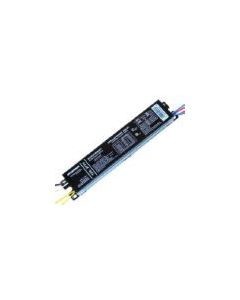 Sylvania QTP4x32T8/UNV-ISN-SC - 49947 (49908) T8 Electronic Fluorescent BallastSpecial Price $18.55 Regular Price $22.22Out of stock
Sylvania QTP4x32T8/UNV-ISN-SC - 49947 (49908) T8 Electronic Fluorescent BallastSpecial Price $18.55 Regular Price $22.22Out of stock -
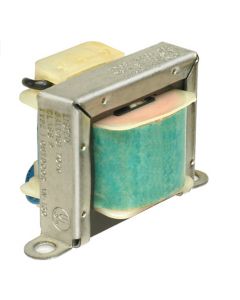 Advance LPL-7-9 T5 Magnetic Ballast - *DISCONTINUED* SEE the Keystone CC579TP as Possible ReplacementSpecial Price $122.92 Regular Price $134.38
Advance LPL-7-9 T5 Magnetic Ballast - *DISCONTINUED* SEE the Keystone CC579TP as Possible ReplacementSpecial Price $122.92 Regular Price $134.38 -
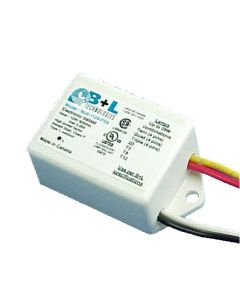 B+L NU6-1128-PSX CFL BallastSpecial Price $41.55 Regular Price $49.90
B+L NU6-1128-PSX CFL BallastSpecial Price $41.55 Regular Price $49.90 -
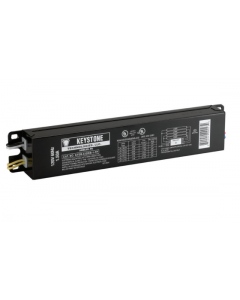 Keystone KTEB-432RIS-1-TP-SL T8 Instant Start BallastSpecial Price $28.85 Regular Price $34.00
Keystone KTEB-432RIS-1-TP-SL T8 Instant Start BallastSpecial Price $28.85 Regular Price $34.00 -
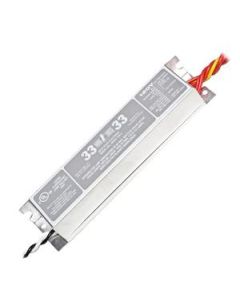 Fulham WorkHorse WH33-120-L Electronic Fluorescent BallastSpecial Price $29.30 Regular Price $34.02
Fulham WorkHorse WH33-120-L Electronic Fluorescent BallastSpecial Price $29.30 Regular Price $34.02 -
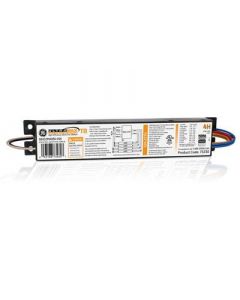 GE UltraMax GE432MAX90-V60 - 73230 T8 Dimming Ballast - *DISCONTINUED*Special Price $33.87 Regular Price $50.80Out of stock
GE UltraMax GE432MAX90-V60 - 73230 T8 Dimming Ballast - *DISCONTINUED*Special Price $33.87 Regular Price $50.80Out of stock -
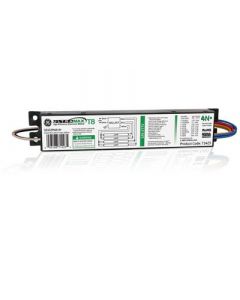 GE UltraMax GE432MAX-G-N - 74463 T8 Electronic Fluorescent BallastSpecial Price $24.55 Regular Price $32.90
GE UltraMax GE432MAX-G-N - 74463 T8 Electronic Fluorescent BallastSpecial Price $24.55 Regular Price $32.90 -
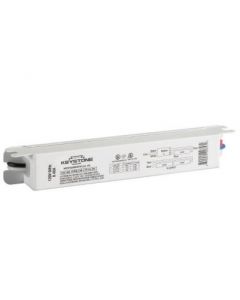 Keystone KTEB-128-1-TP-FC-PH T5 Program Start Electronic BallastSpecial Price $32.55 Regular Price $39.30
Keystone KTEB-128-1-TP-FC-PH T5 Program Start Electronic BallastSpecial Price $32.55 Regular Price $39.30 -
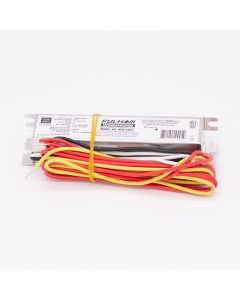 Fulham Workhorse WH2-120-L Electronic Fluorescent BallastSpecial Price $27.55 Regular Price $34.90
Fulham Workhorse WH2-120-L Electronic Fluorescent BallastSpecial Price $27.55 Regular Price $34.90 -
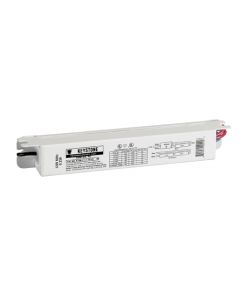 Keystone KTEB-114-1-TP-FC T5 Undercabinet Electronic BallastSpecial Price $34.08 Regular Price $44.30
Keystone KTEB-114-1-TP-FC T5 Undercabinet Electronic BallastSpecial Price $34.08 Regular Price $44.30 -
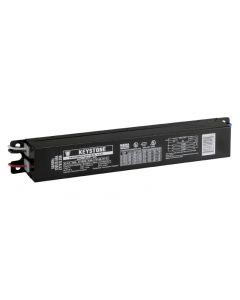 Keystone KTEB-332-UV-IS-N-P T8 Instant Start Electronic BallastSpecial Price $22.46 Regular Price $29.20
Keystone KTEB-332-UV-IS-N-P T8 Instant Start Electronic BallastSpecial Price $22.46 Regular Price $29.20 -
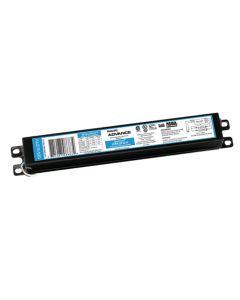 Advance Optanium IOP-2P59-N T8 Fluorescent Electronic BallastSpecial Price $42.91 Regular Price $55.78
Advance Optanium IOP-2P59-N T8 Fluorescent Electronic BallastSpecial Price $42.91 Regular Price $55.78 -
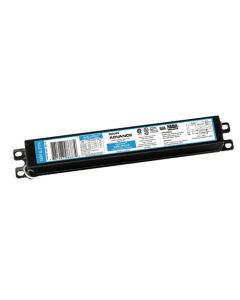 Advance Optanium IOP-3P32-N T8 Fluorescent Electronic BallastSpecial Price $30.65 Regular Price $39.84
Advance Optanium IOP-3P32-N T8 Fluorescent Electronic BallastSpecial Price $30.65 Regular Price $39.84 -
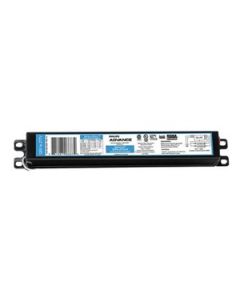 Advance Optanium IOP-2P32-HL-N T8 Fluorescent Electronic BallastSpecial Price $36.80 Regular Price $46.00
Advance Optanium IOP-2P32-HL-N T8 Fluorescent Electronic BallastSpecial Price $36.80 Regular Price $46.00

